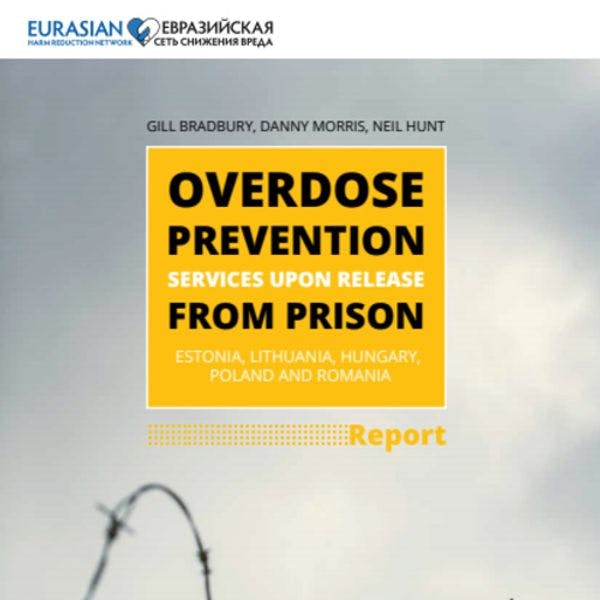Overdose prevention services upon release from prison - Estonia, Lithuania, Hungary, Poland and Romania
It is widely acknowledged among European Union policymakers that there is a demand to improve the range and quality of health and social care services for prisoner populations and, most notably, for marginalized and at-risk groups vulnerable to drug-related harms. This includes reducing the high rates of overdose among those who use opioids.
People who inject opioid drugs are at particular risk of overdose following release from prison. However, overdose related deaths are preventable, and continued efforts are needed to improve continuity of care for prisoners, while systematically implementing recommended approaches that are shown to reduce drug-related deaths. This should comprise opioid substitution treatment and overdose prevention programmes which incorporate naloxone distribution as a routine intervention at the point of release from prison for people who inject drugs.
Progress has been made in some European countries, although significant gaps between prison and community-based services still exist, in terms of both coverage and quality of health services available to prisoners. Over the last decade, prison healthcare has increasingly been recognized as part of public healthcare, and changes have been made as to who takes responsibility for this, alongside specific drug and health strategies or regulations for the prison setting. While European Prison Rules specify that prisoners should be offered a medical examination as close as possible to the time of release, this type of routine ‘exit’ health examination does not seem to be common in Europe.
This report concentrates on the mapping of existing overdose prevention and management programmes for released prisoners qnd involves the following five European Union (EU) countries: Estonia, Hungary, Lithuania, Poland and Romania.
It includes:
- identification of existing programmes and services available upon release from prison;
- availability of naloxone; and
- opportunities for the introduction of overdose prevention and/or naloxone programmes.
Keep up-to-date with drug policy developments by subscribing to the IDPC Monthly Alert.
Downloads
Regions
Related Profiles
- Eurasian Harm Reduction Network (EHRN)
